Waterproof
Waterproof refers to the ability of a material or object to repel water and prevent it from penetrating or passing through. This property is important in various products and materials, such as clothing, tents, electronics, and building materials, to protect them from water damage.
Factors Affecting Waterproofing
Several factors determine the waterproofing ability of a material:
- Material Type: Certain materials, such as rubber, plastic, and certain fabrics like Gore-Tex, are naturally waterproof or can be treated to enhance their waterproofing properties.
- Surface Tension: The surface tension of a material affects how water beads up and rolls off the surface, preventing it from seeping through.
- Seams and Joints: The construction and sealing of seams and joints also play a vital role in preventing water penetration.
Applications of Waterproofing
The ability to repel water is essential in various applications:
- Clothing: Waterproof jackets, pants, and footwear protect the wearer from getting wet in rainy or snowy conditions.
- Outdoor Gear: Tents, tarps, and backpacks need to be waterproof to provide shelter and protect gear during outdoor activities.
- Electronics: Electronic devices often have waterproof coatings or seals to prevent water damage from accidental spills or exposure to moisture.
- Construction: Building materials, such as roof shingles, siding, and sealants, are designed to be waterproof to protect structures from water infiltration.
Testing Waterproofing
Various tests can determine the waterproofing capabilities of materials and products:
- Water Immersion Test: Submerging a material in water for a specified duration to assess its resistance to water penetration.
- Spray Test: Subjecting a material to a controlled water spray to simulate rainfall and evaluate its ability to repel water.
- Hydrostatic Pressure Test: Applying pressure to a material to measure its resistance to water penetration under force.
Study Guide
To study the topic of waterproofing effectively, consider the following key points:
- Understand the science behind water repellency and the factors that contribute to a material's waterproofing ability.
- Explore the various applications of waterproofing in everyday products and industries.
- Learn about different methods and technologies used to test and evaluate the waterproofing capabilities of materials.
- Research the latest advancements in waterproofing materials and how they are used in different fields.
By mastering these concepts, you will gain a comprehensive understanding of waterproofing and its significance in diverse areas of our lives.
.◂Science Worksheets and Study Guides Seventh Grade. Protists and Fungi
Study Guide Protists and Fungi
Protists and Fungi  Worksheet/Answer key
Worksheet/Answer key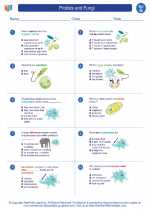 Protists and Fungi
Protists and Fungi  Worksheet/Answer key
Worksheet/Answer key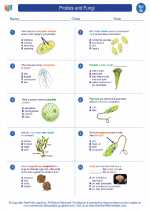 Protists and Fungi
Protists and Fungi  Worksheet/Answer key
Worksheet/Answer key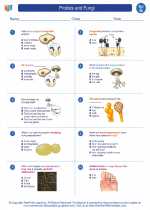 Protists and Fungi
Protists and Fungi  Worksheet/Answer key
Worksheet/Answer key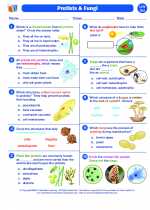 Protists and Fungi
Protists and Fungi  Vocabulary/Answer key
Vocabulary/Answer key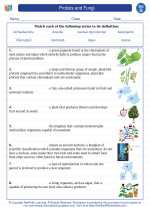 Protists and Fungi
Protists and Fungi  Vocabulary/Answer key
Vocabulary/Answer key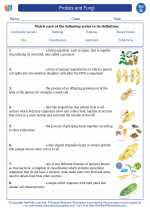 Protists and Fungi
Protists and Fungi  Vocabulary/Answer key
Vocabulary/Answer key Protists and Fungi
Protists and Fungi  Vocabulary/Answer key
Vocabulary/Answer key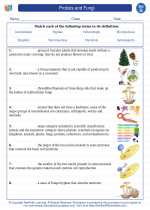 Protists and Fungi
Protists and Fungi  Vocabulary/Answer key
Vocabulary/Answer key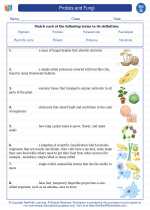 Protists and Fungi
Protists and Fungi  Vocabulary/Answer key
Vocabulary/Answer key Protists and Fungi
Protists and Fungi 

 Worksheet/Answer key
Worksheet/Answer key
 Worksheet/Answer key
Worksheet/Answer key
 Worksheet/Answer key
Worksheet/Answer key
 Worksheet/Answer key
Worksheet/Answer key
 Vocabulary/Answer key
Vocabulary/Answer key
 Vocabulary/Answer key
Vocabulary/Answer key
 Vocabulary/Answer key
Vocabulary/Answer key
 Vocabulary/Answer key
Vocabulary/Answer key
 Vocabulary/Answer key
Vocabulary/Answer key
 Vocabulary/Answer key
Vocabulary/Answer key

The resources above cover the following skills:
LIFE SCIENCE
Ecosystems: Interactions, Energy, and Dynamics
Construct an explanation to predict patterns of interactions in different ecosystems in terms of the relationships between and among organisms (e.g., competition, predation, mutualism, commensalism, parasitism).